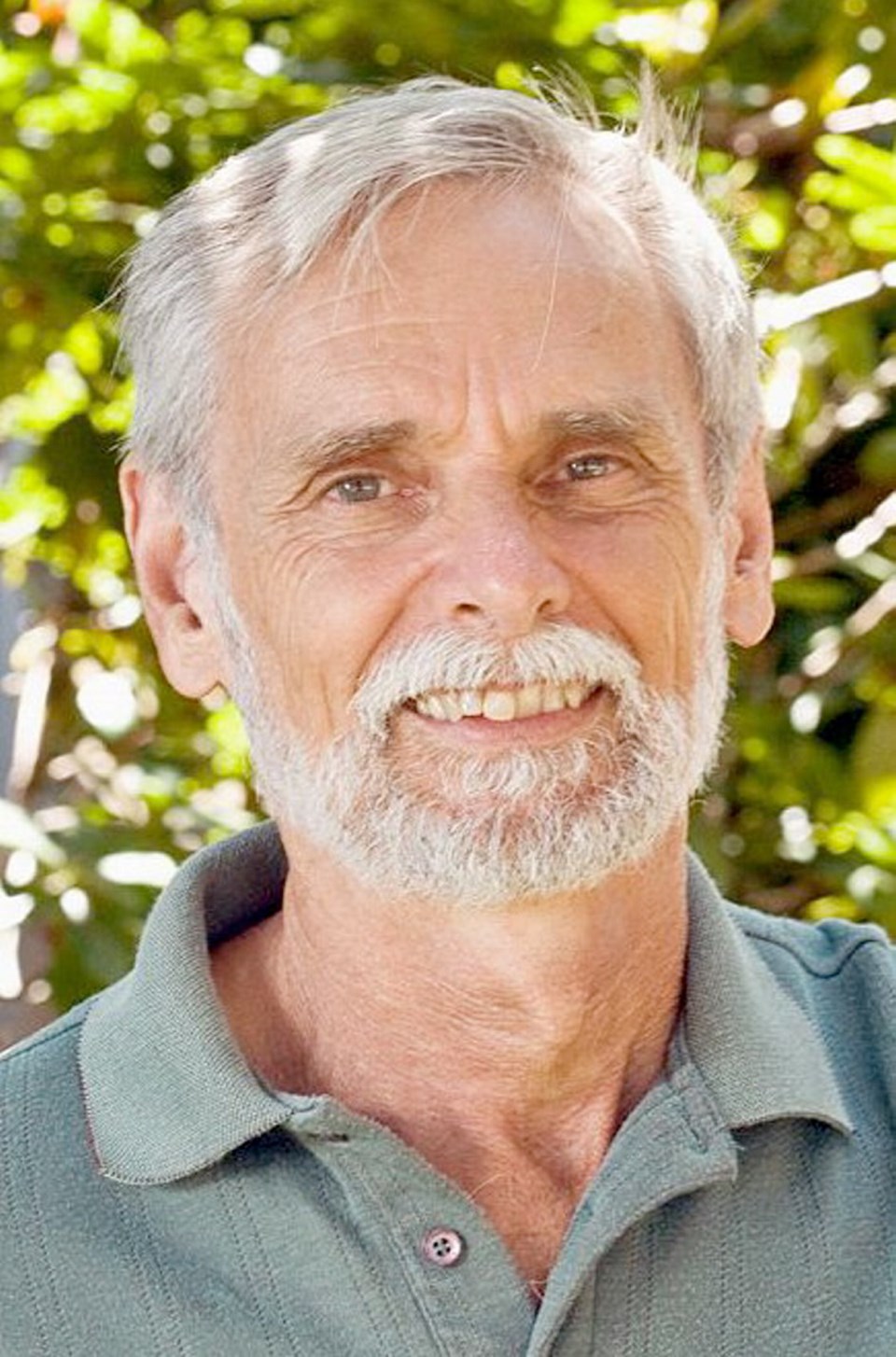Greater Victoria taxpayers should be “quaking in their boots” at ever-increasing costs of large bureaucracies such as the Capital Regional District, says Metchosin Mayor John Ranns.
“Alarmed as a taxpayer? You’re damn right you should be alarmed,” said Ranns, vice-chair of the CRD governance and finance committee.
“We’ve declared a climate crisis [at the CRD], but I think we’re going to have a fiscal crisis long before we ever see a climate crisis.”
Ranns was reacting to salary figures contained in the latest annual statement of financial information.
Total compensation for CRD employees making more than $75,000 in 2018 was about $30.67 million, up from about $26 million in 2017. Total compensation paid for all CRD employees in 2018 was about $55 million, up from about $50 million in 2017.
CRD chief executive officer Bob Lapham was paid a total of $294,071 in salary and expenses in 2018 — an increase of $10,716 from 2017.
Salaries (plus expenses) paid to the CRD’s executive team in 2018 were: Nelson Chan, chief financial officer, $238,928; Larissa Hutcheson, general manager parks and environmental services, $212,899; Kevin Lorette, general manager planning and protective services, $211,099; Kristen Morley, general manager corporate services, $177,042; and Ted Robbins, general manager integrated water services, $208,351.
Ranns said total compensation comparisons between 2017 and 2018 are somewhat skewed because of the $775-million sewage treatment mega-project.
However, he cautioned that taxpayers should be worried about the growth of the CRD bureaucracy and the lack of political fiscal oversight.
“The bigger the bureaucracy, the more it takes on a life of its own. There’s always good reasons for every one of these people that are making these kinds of dollars,” Ranns said, adding that the staff are “all good people who are highly trained.”
“I wouldn’t say to any of them that they shouldn’t be getting paid what they’re getting paid, but I would say do we need them? Do we need to be having government do all of those things?” he said.
“Every taxpayer should be quaking in their boots at the way we continue to expand the bureaucracy, expand the programs, do good things a lot of times at the expense of the necessary things.”
The CRD’s executive team’s salaries are modest in comparison to those salaries paid to the top four executives building the CRD’s sewage-treatment system.
Topping the CRD salary list was project director Dave Clancy, who was paid $374,405 in salary and $23,776 in expenses for a total of $398,181 in 2018, according to the financial statement.
Deputy project director Elizabeth Scott was paid a total of $310,917 — $266,946 in salary and $43,971 in expenses.
Project manager Ken Madill was paid a total of $227,006, of which $865 was for expenses.
Dave Andrews, project construction manager, was paid $212,090.
Under provincial legislation, local governments are required to disclose remuneration paid to employees making more than $75,000 annually.
CRD sewage committee chair Barb Desjardins said salaries paid to the wastewater project team are determined by the independent project board running the project and outside of the CRD directors’ purview.
“But I can say with confidence that the skillset and level of the people working on this project in those highest positions is considerable,” Desjardins said.
“We have so many moving pieces and it is such a complex project that you want to ensure that you do have the best.”



